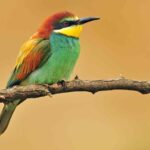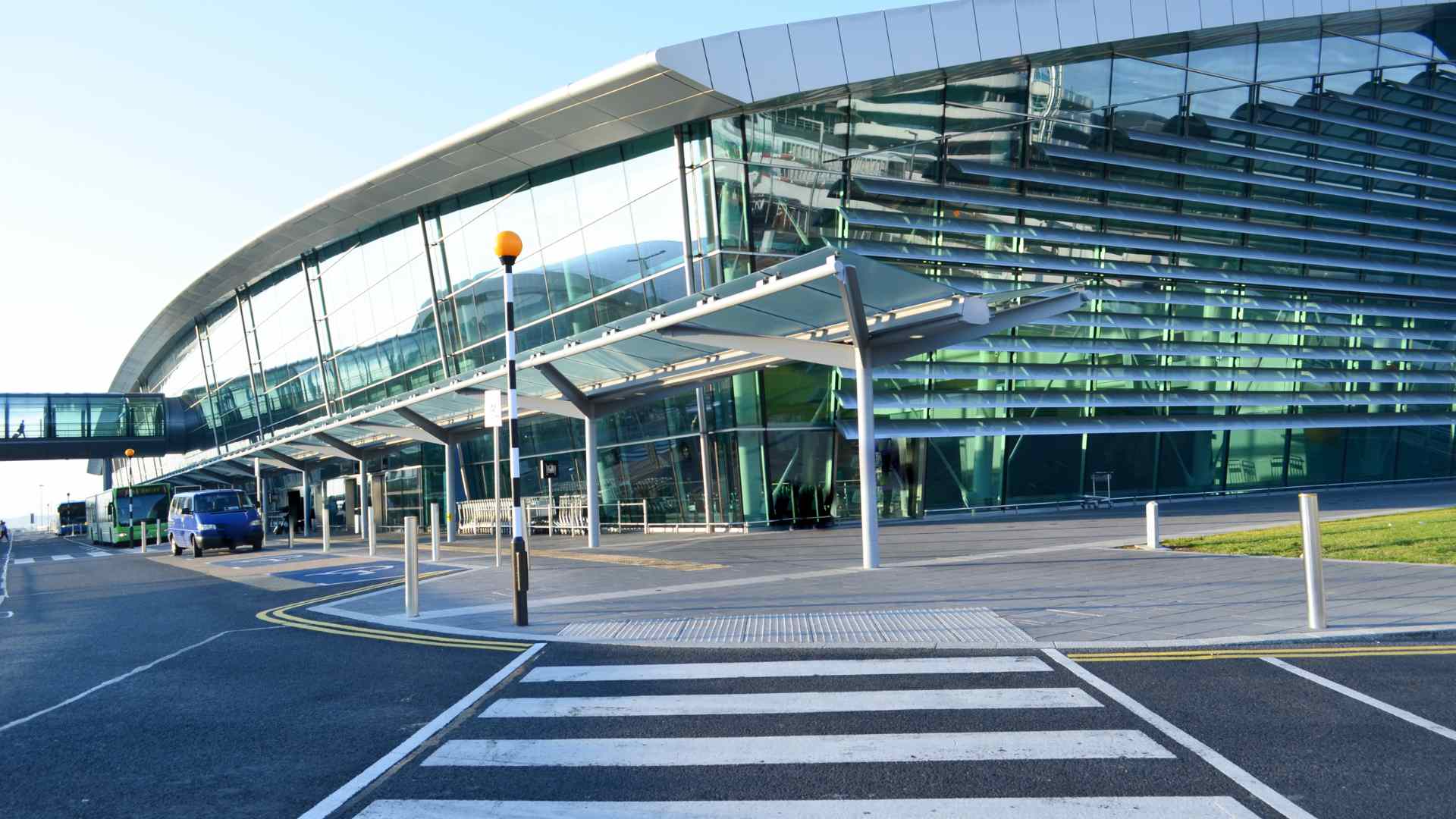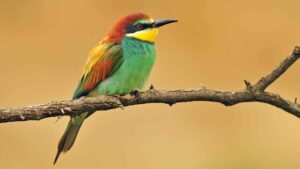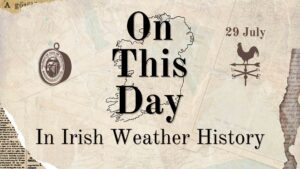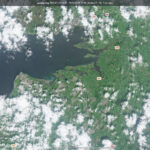
Ireland Sees Spike in Bee-Eater Sightings
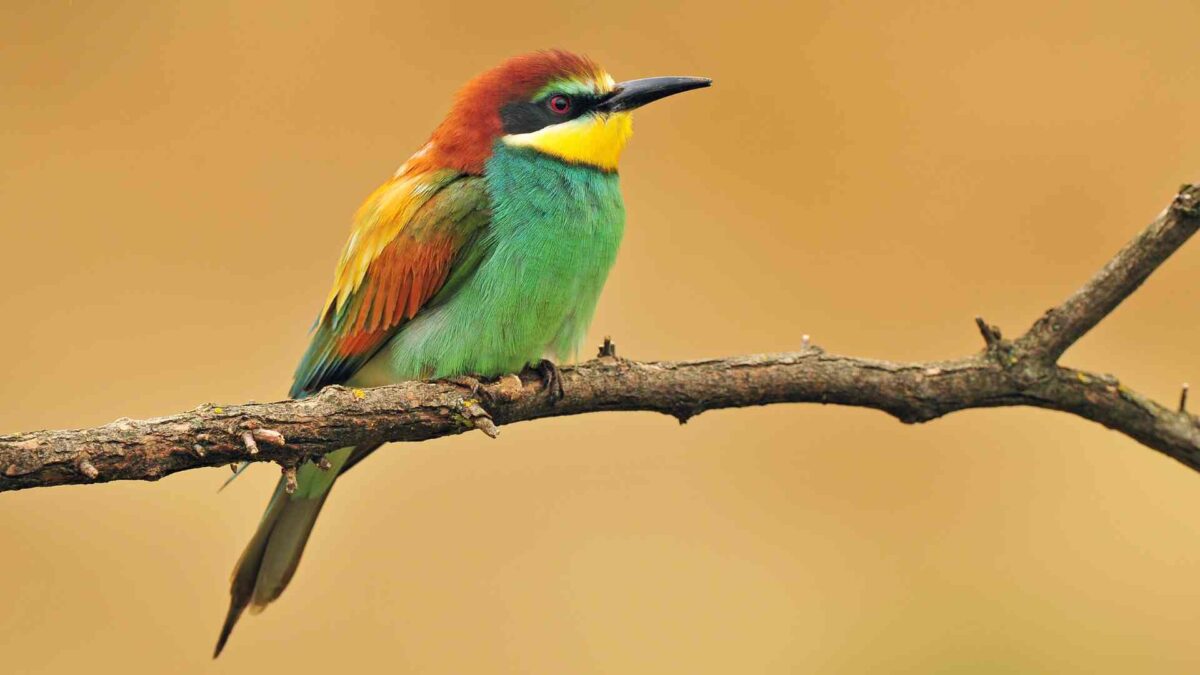
Ireland has experienced an exceptional year for rare bird activity, with six separate sightings of the striking European bee-eater (Merops apiaster) recorded across the country so far in 2025 — a notable increase compared to just 33 sightings over the previous 17 years.
The bee-eater is a rare vagrant to Ireland, typically found in warmer regions across southern Europe, Africa, and parts of Asia. With its vivid plumage, slender body, and distinctive long down-curved bill, the European bee-eater is one of the most visually arresting birds to appear on Irish shores.
According to reports submitted to Irishbirding.com, this year’s sightings have come from several counties, including Bunbeg in Donegal, Ballymena in Antrim, Sigginstown in Wexford, and Bangor in Down. These sightings mark the first recorded presence of the species in Ireland since 2023 — no sightings were reported in 2024.
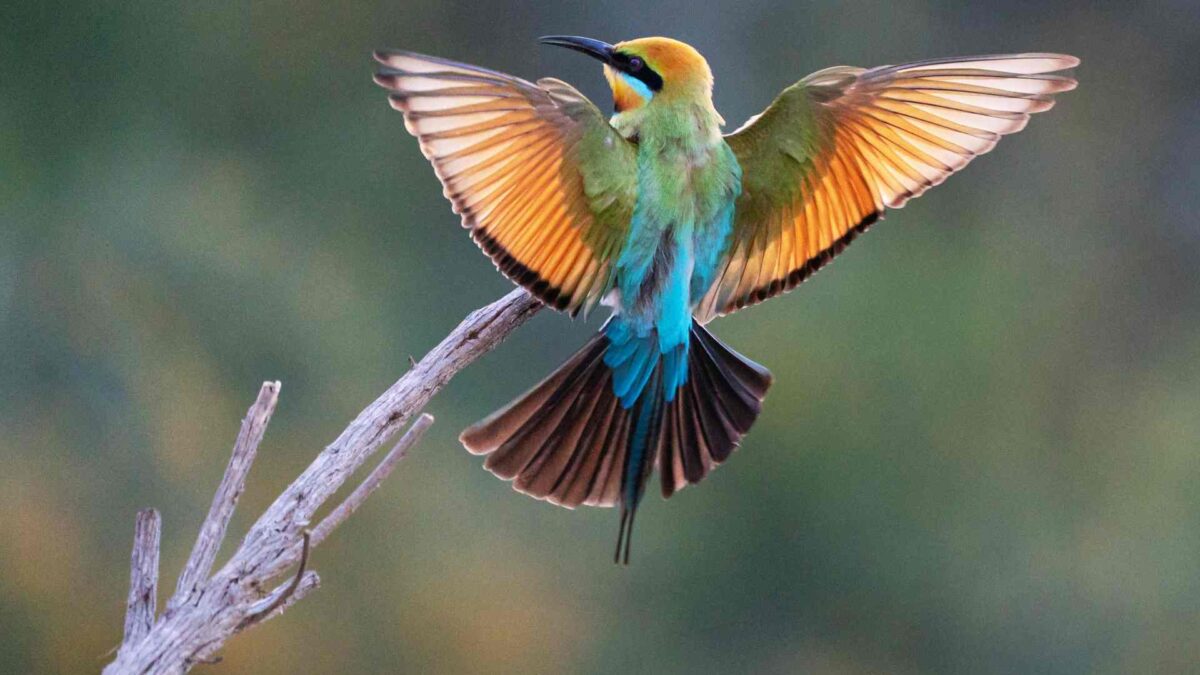
Bee-eaters feed mainly on flying insects, favouring bees and wasps, which they catch mid-air. Before consumption, they skillfully remove the stinger by repeatedly striking the insect against a hard surface to extract the venom. Social by nature, bee-eaters usually breed in colonies, excavating nest tunnels in sandy banks. Although breeding has never been confirmed in Ireland, small colonies have established in parts of southern England in recent years.
The rise in bee-eater activity is part of a broader trend in 2025, which has seen an increase in sightings of rare southern species, likely due to shifting migration patterns and favourable weather conditions. Mediterranean warblers, hoopoes, bluethroats, and even white stork have all been recorded across Ireland this year, adding to what birdwatchers are calling an “extraordinary” season.
Share this WeathÉire story: